Today, POCO finally unveiled its latest smartphones under the POCO M-series, the M5, and the M5s. While they share similar names and near-similar specs, the POCO M5s does things a bit differently to set itself apart from its sibling, and a lot of other budget smartphones for that matter.
As such, we have the device here with us today, and we’ve had some time to check out its performance, hardware, cameras, and more. Let’s check it out.
POCO M5s Specs:
- Display: 6.4-inch AMOLED
- Resolution: 1080×2400
- Processor: MediaTek Helio G95
- RAM: Up to 6GB
- Storage: Up to 128GB with Micro-SD Support
- Battery: 5,000 mAh with 33W Charging Support
- Cameras: 64MP main sensor, 8MP ultrawide, 2MP depth, 2MP macro, 5MP front
- Software: Android 12 with MIUI 13
Design and Display
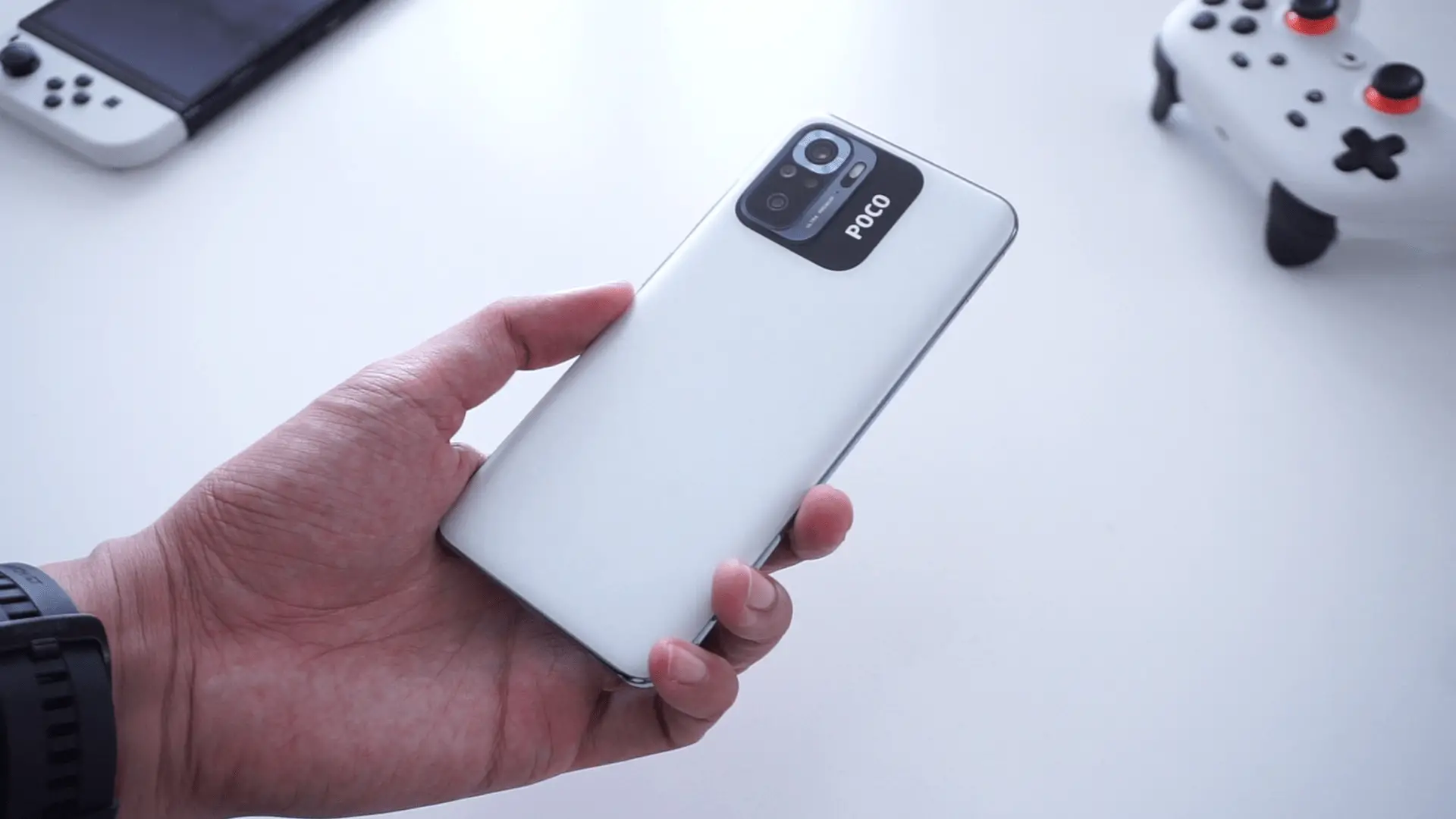
Compared to the POCO M5, the M5s evokes a more premium feel all over. Gone are the faux leather rear panel and matte sides, and instead we get a smooth matte polycarbonate back, glossy sides with a glossy metallic finish, and a camera module that shows off more of a Xiaomi-centric design, especially when compared to other handsets from the manufacturer.
Like the M5, the M5s features a side-mounted fingerprint sensor built into the power button, a 3.5mm headphone jack, USB-C charging port, although you get speaker grilles on both the top and bottom, which makes for a better all-around listening experience, as compared to the M5’s single speaker. Compared to the M5, I personally think that the M5s has a more premium-looking design, although this will be a subjective matter at the end of the day.
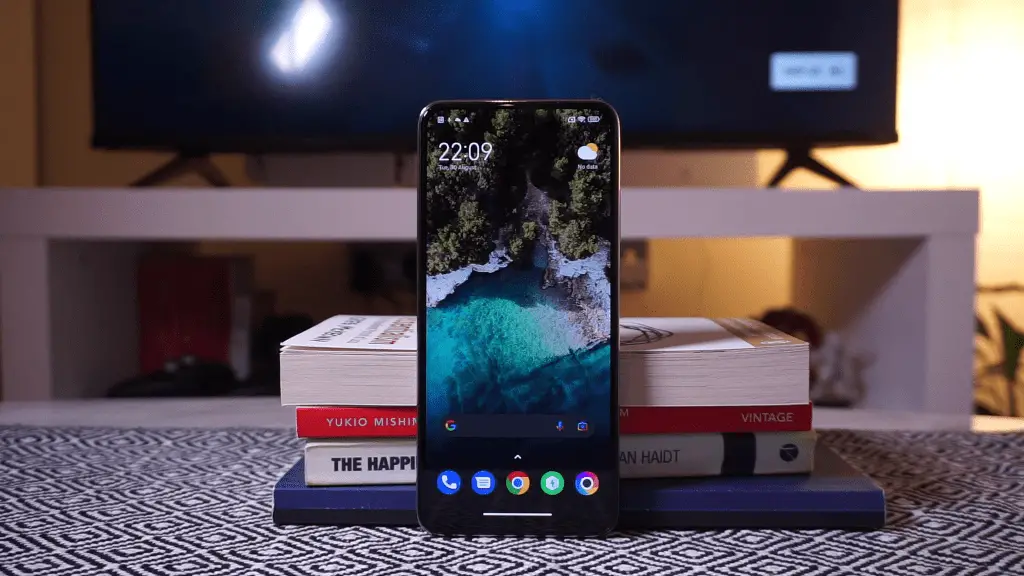
The POCO M5 comes with a 6.4-inch AMOLED display, with a 1080×2400 resolution and a hole-punch cut-out for the front camera. Unfortunately, there’s no 90Hz or 120Hz refresh rate on the device unlike on the M5, but you do get better color vibrance and contrast thanks to the AMOLED panel.
Overall, it’s a functional design that’s comfortable to handle, and doesn’t come off as “cheap” – additionally, there’s also IP53 certification, which adds a tiny bit of splash resistance that’s always welcome.
Software and Performance
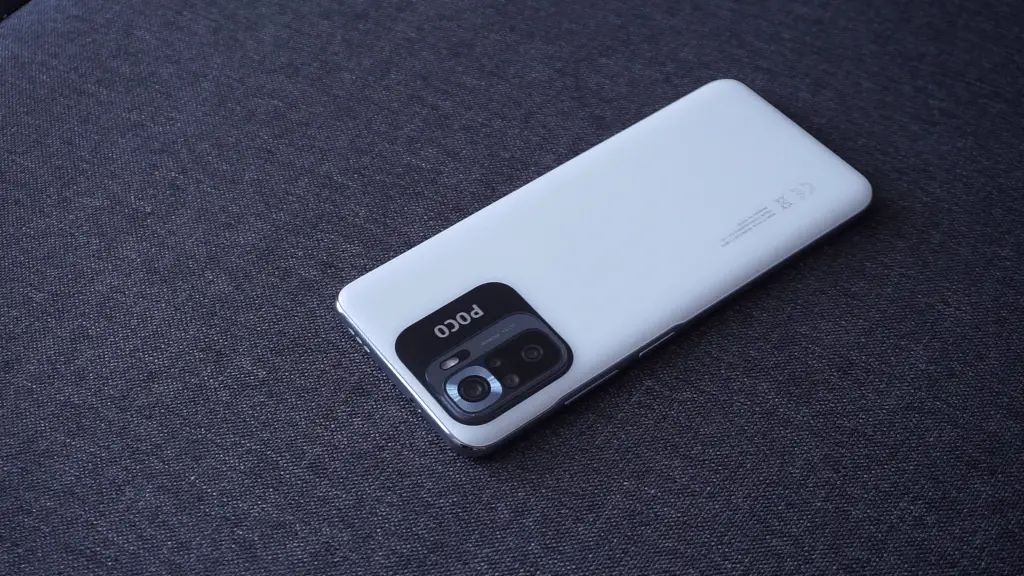
The POCO M5s runs on Android 12 with MIUI 13, which means that you get a ton of Xiaomi and POCO-exclusive software features and apps, which depending on your personal Android preferences play a part in whether or not you’ll get a phone with a heavily-customized version of Android. With that said, however, Android users who enjoy a bit of customization on their handsets – or POCO fans for that matter – will find a lot to love with MIUI 13.
Inside the POCO M5 is a MediaTek Helio G95 chipset, paired with 6GB of RAM. Despite the lack of a 90Hz display, overall usage seems smooth enough, with very little hiccups and such. Multi-tasking was a breeze, and I was able to use my apps without much issues.
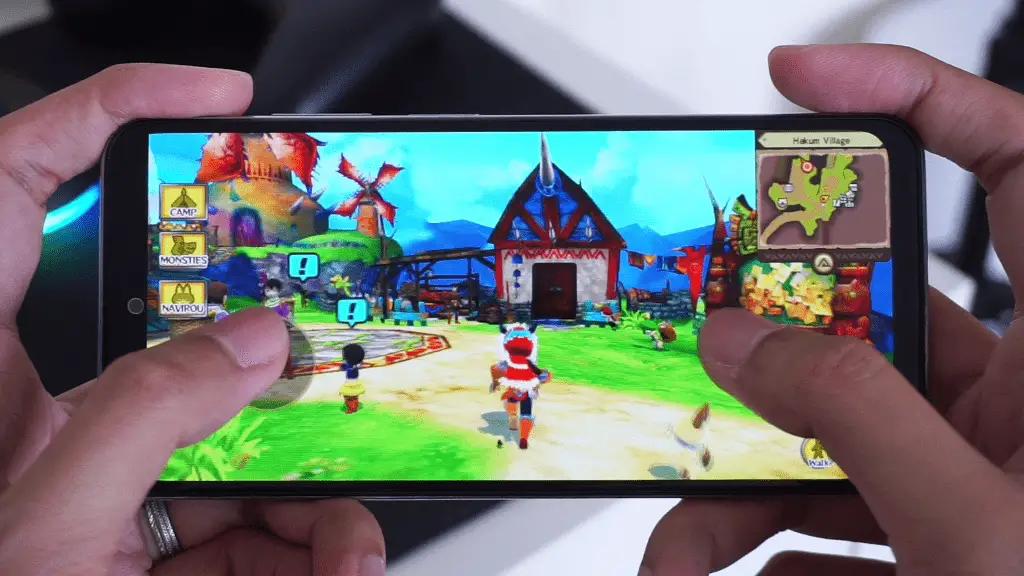
As for gaming, performance on the M5s is mostly on par with most other budget handsets. Don’t expect super-seamless gameplay though, as the G95 is still a chipset meant for entry-level handsets. Even an older title like Monster Hunter Stories ran with occasional stutters as I navigated through the in-game landscape.
That’s not to say that it’s terrible – it will definitely be able to play a majority of games on the Google Play Store, but we’d suggest keeping some reservations as far as performance goes.
Cameras
Compared to the POCO M5, camera performance and image quality on the M5s is a lot better. The addition of 4K video, an ultrawide sensor, and an overall higher megapixel count on the main lens compared to its sibling is enough to place the M5s at a particular advantage. Personally, I’m a big fan of ultrawide lenses in smartphones as they add a whole new dimension to the otherwise casual mobile photography that I do. There’s also 4K video recording, which is not available on most Android handsets at this price range.
As such, I enjoyed the image quality on the M5s a lot better than the photos that I took on the M5. There was a better balance in contrast, and details in close-up shots were impressive. If there’s one specific weakness that I have to point out, however, it’s the phone’s performance in extreme low-light conditions. Generally, low-light situations with enough light will look decent, but I wouldn’t attempt getting night mode photos in poorly-lit environments.
Battery
Powering the POCO M5s is a large 5,000 mAh battery, which should be more than enough to last an entire day. Gaming will obviously have you reaching for the charger (which is thankfully included in the box) a lot earlier, but for moderate usage like social media apps, web-browsing, and media streaming, the POCO M5s will be able to get you through 24 hours and maybe a bit longer.
There’s also support for 33W fast-charging, which allows the POCO M5s to outshine a lot of other budget phones out there and get you powered up a lot quicker, even faster than the POCO M5.
Final Thoughts
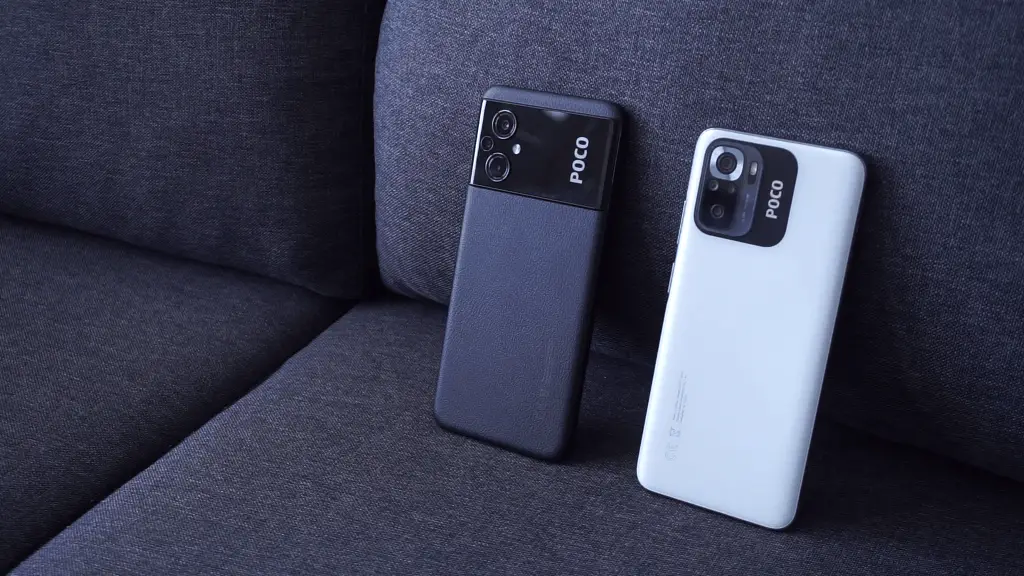
At a starting price of around 209 Euros (or 207 USD) for the base 4GB and 64GB variant, the POCO M5s comes with some great factors such as a large battery, AMOLED display, 4K video recording, and an additional ultrawide camera lens to name a few. While there are some points of consideration like the low refresh rate display and lack of 5G for example, there’s no doubt that the M5s is bound to appeal to certain user demographics out there, who are looking for a budget-friendly handset with a reasonably attractive design and build.
Again, the low price does scream out “not a flagship phone” upon first sight, but at the end of the day, it’s all about user experience and whether or not the M5s is enough to fit your budget and needs.
POCO M5s Rating: star_fullstar_fullstar_fullstar_fullstar_empty (4/5)
The Good
- Stylish design evokes more premium POCO handsets
- AMOLED display is great
- Ultrawide lens is a nice addition
- Large battery capacity
- Photos generally look good
The Bad
- Weak low-light camera performance
- Gaming isn’t the best
- No 5G and 60Hz might be an issue for some users

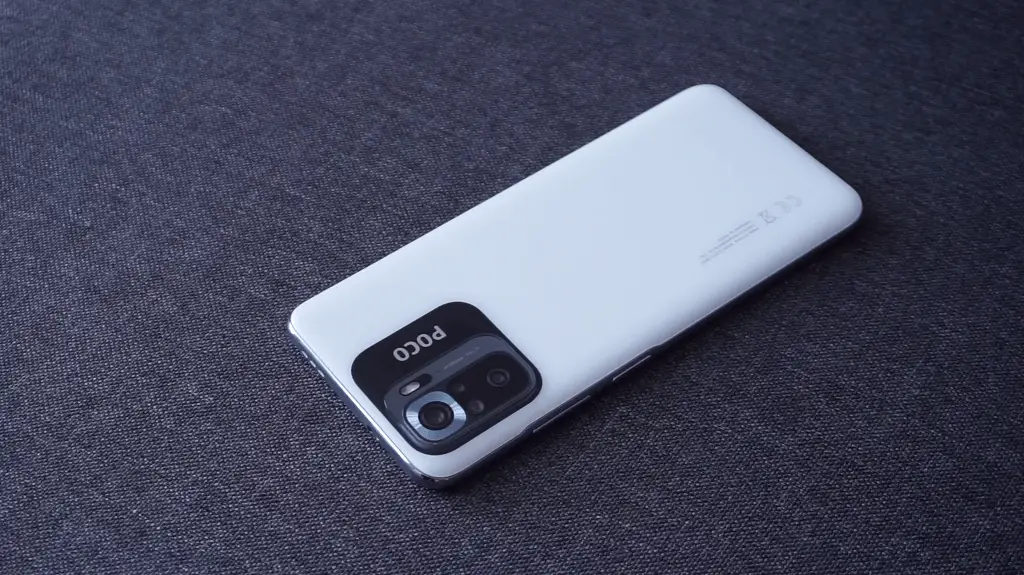








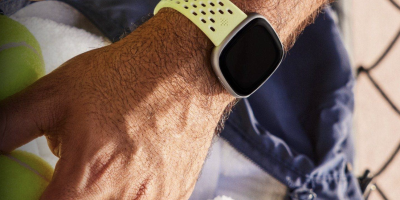






Comments